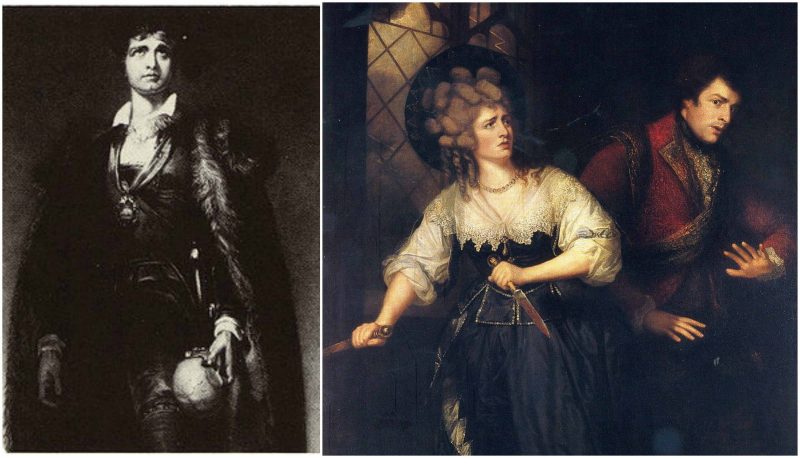John Philip Kemble was an English actor from the late eighteenth and early nineteenth century. He was born into a theatrical family; the younger brother of the famous actress Sarah Siddons and the eldest son of Roger Kemple, an English theater manager, and actor.
Besides Sarah and John, their siblings also enjoyed success in the theaters across the country and beyond. Their sister Elizabeth Whitlock went to America with her husband and became a famous actress in the American theaters. Their brothers Stephen Kemble and Charles Kemble were also famous actors, while their sister Ann Hatton was a popular novelist in Britain.

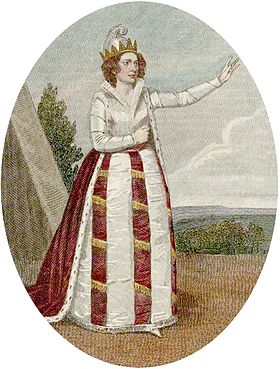
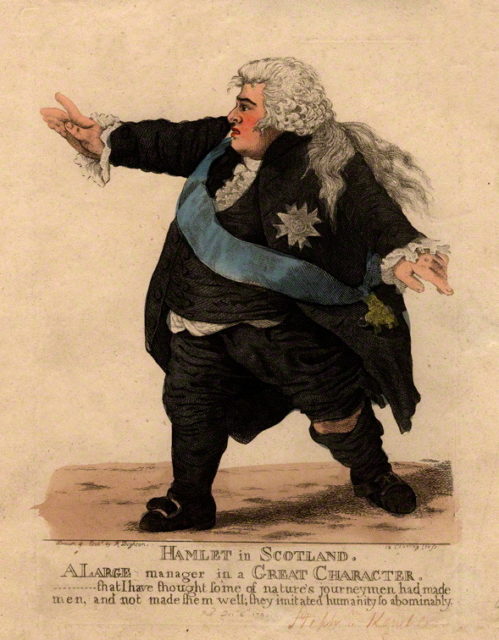
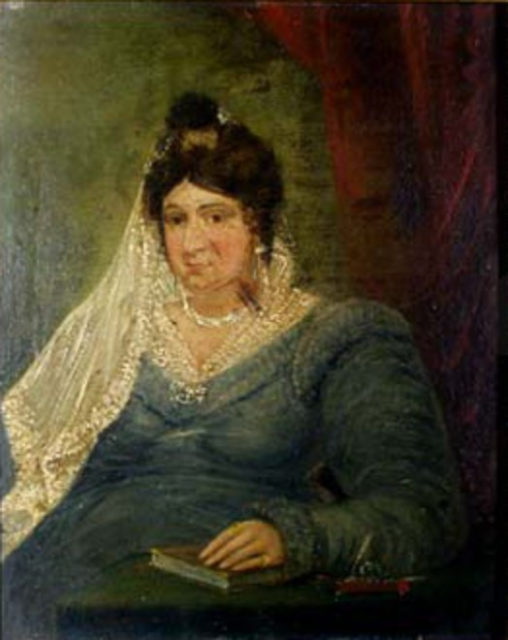
John Kemble was born in Lancashire, in 1757. When he was a child he was educated in a Catholic school and after he graduated from the English college in Douai, in France, he enrolled in a four-year course to become a priest. He was in fact encouraged to do so because it was the wish of his mother, but John himself didn’t feel a vocation for the priesthood even after the end of those four years. So, he returned to England and joined the theatrical company of Crump & Chamberlain. His first performance was in 1776, in Wolverhampton where he played Theodosius in Nathaniel Lee’s tragedy of the same name.
Two years later, at the age of 21, he joined Tate Wilkinson in his York company where he appeared as Captain Plume in George Farquhar’s “The Recruiting Officer,” in Wakefield. He played Macbeth for the first time in Hull, in 1778. His biggest success came when he appeared as Hamlet in Dublin, in 1781. Also, great success followed John when he played Raymond in “The Count of Narbonne” by Horace Walpole.

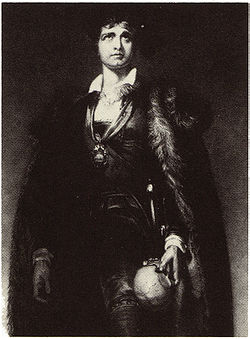
Kemble gradually gained his fame and a high reputation as an actor. Being known for his acting skills combined with his sister, Sarah’s fame, he got to perform at the Theatre Royal, Drury Lane where he appeared as Hamlet in 1783. He mostly won the interest of the critics with his first appearance at Drury Lane, but the audience couldn’t resist his great performance of Macbeth in 1785 when he simply sealed his glory. The only more popular actor of the time was his sister Sarah. They first appeared together in 1783 as King John and Constance in Shakespeare’s tragedy and as Mr. Beverley and Mrs. Beverley in Edward Moore’s “The Gamester.” The brother and the sister were a great acting couple so they performed together in various different plays at Drury Lane.
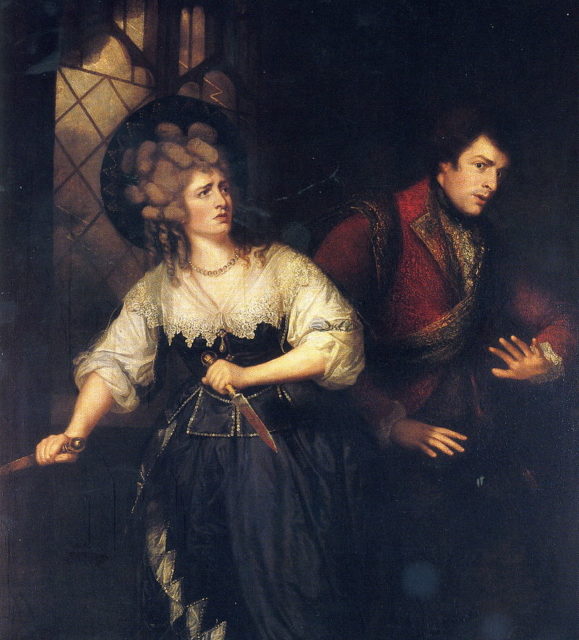
His career was blossoming and in 1788 John Kemble became the manager of the Drury Lane theater. He was wise, creative, and innovative and as he succeeded in the position of a manager, John had the freedom to dress the characters on stage with his own conception of what was suitable, rather than the traditional “stage dress code.” He was maybe the first person in Britain who experimented with every segment of the theater and the plays so courageously and expressively.
John was tall, elegant, and charming. His imposing person, demeanor, and noble look made him an ideal choice for all Roman characters in Shakespeare’s plays. But there is nothing he played as perfect as he did in his own version of “Coriolanus” that was ideally suited for his acting powers. He played with such a perfection that every single person in the audience was under his spell.
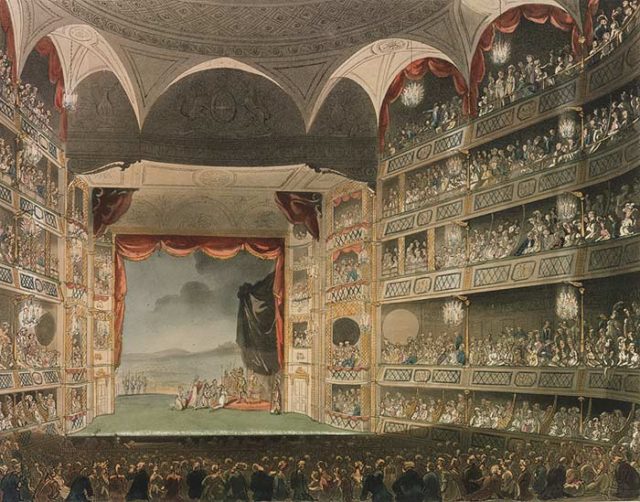
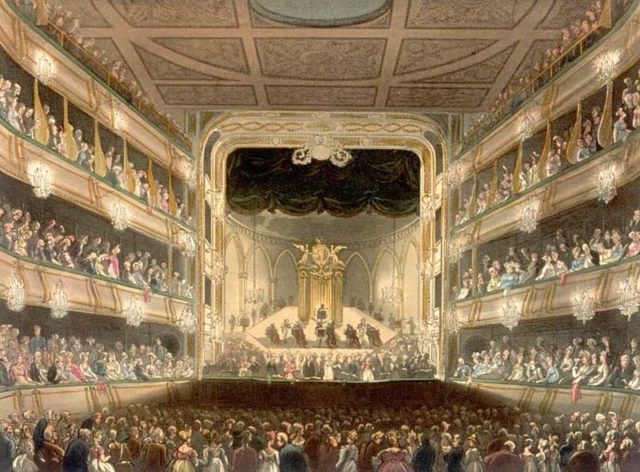
John became the manager of the Theatre Royal, Covent Garden in 1787 but when the theater burned down in 1808, he was almost ruined. He was saved by a loan of £10,000 that later turned out to be a gift from the Duke of Northumberland. The great actor played his part of “Coriolanus” as his final performance in 1817.
He retired and spent the last years of his life traveling abroad. He died in Lausanne, Switzerland, in 1823, at the age of 66. There is a life-size marble statue of John Kemble in the chapel of St. Andrew in Westminster Abbey, close to the statue of his sister, Sarah Siddons.
